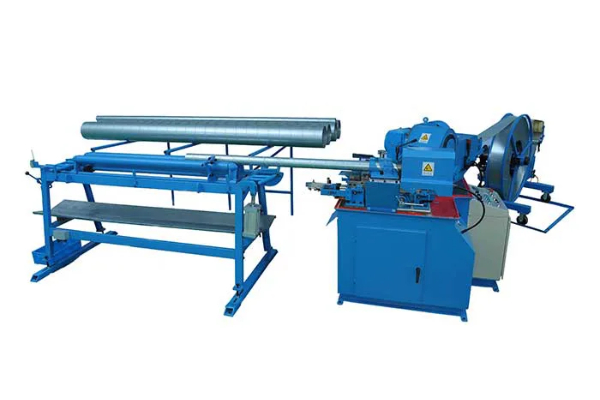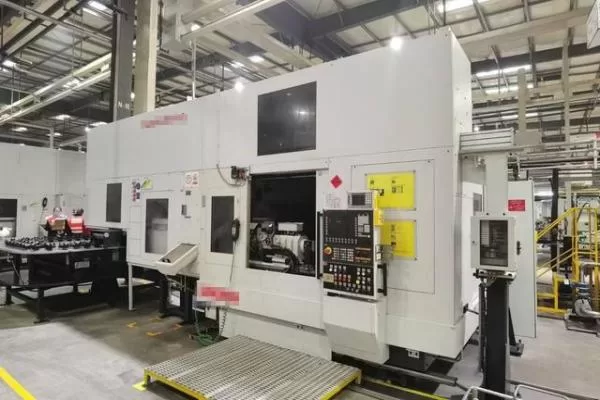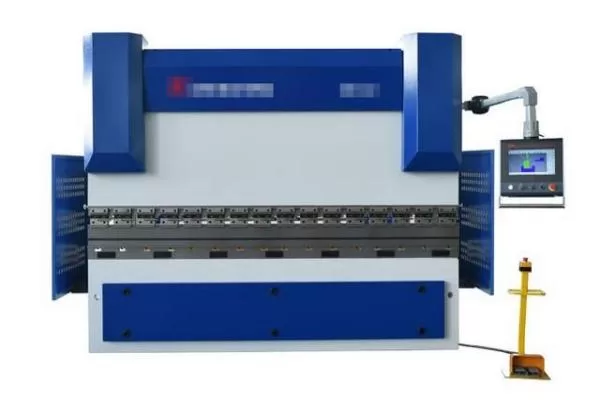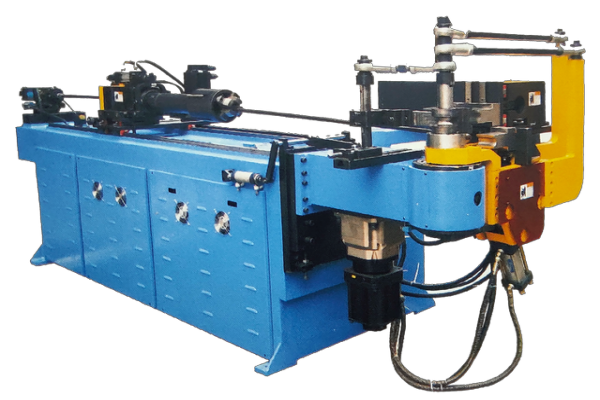
The Pros and Cons of Various Sheet Metal Rolling Machine Designs
- By:Metmac
- 2024-09-12
- 142
Sheet metal rolling machines are essential tools in the metal fabrication industry. They are used to bend and shape sheet metal into various forms, such as cylinders, cones, and channels. There are many different types of sheet metal rolling machines available, each with its own unique advantages and disadvantages. In this article, we will discuss the pros and cons of various sheet metal rolling machine designs.
Roller Types
Three-roller machines: These machines have three rollers, with the top roller being adjustable to control the bend radius. Three-roller machines are versatile and can handle a wide variety of sheet metal thicknesses. However, they can be more expensive and complex to operate than other types of rolling machines.
Two-roller machines: These machines have only two rollers, which rotate in opposite directions to bend the sheet metal. Two-roller machines are simpler to operate and more affordable than three-roller machines. However, they are not as versatile and cannot handle as thick of sheet metal.
Drive Systems
Mechanical drive: These machines use gears and a motor to drive the rollers. Mechanical drive systems are reliable and durable, but they can be noisy and require regular maintenance.
Hydraulic drive: These machines use hydraulic fluid to power the rollers. Hydraulic drive systems are smooth and quiet, and they can provide a high level of precision. However, they are more expensive and complex to maintain than mechanical drive systems.
Capacity
Light-duty machines: These machines are designed for light-duty applications, such as bending thin sheet metal. Light-duty machines are affordable and easy to operate, but they have a limited capacity and are not suitable for heavy-duty applications.
Medium-duty machines: These machines are designed for medium-duty applications, such as bending thicker sheet metal. Medium-duty machines are more powerful than light-duty machines, but they are also more expensive and complex to operate.
Heavy-duty machines: These machines are designed for heavy-duty applications, such as bending thick and tough sheet metal. Heavy-duty machines are the most powerful and expensive type of sheet metal rolling machine, but they offer the highest level of performance.
Features
Digital readouts: These machines have digital readouts that display the bend angle and other parameters. Digital readouts make it easy to set up and operate the machine, and they can help to improve accuracy.
Automatic lubrication: These machines have automatic lubrication systems that keep the rollers lubricated. Automatic lubrication systems help to extend the life of the machine and improve performance.
Safety features: These machines have safety features, such as emergency stop buttons and guards, to protect the operator. Safety features are important for preventing accidents and injuries.
-
High-Precision Solutions from Leading Sheet Metal Cutting Machine Manufacturers
2025/09/11 -
Reliable Sheet Metal Equipment for Sale to Support Precision Fabrication
2025/07/17 -
Advanced Duct Machine AC and Fabrication Solutions from Metmac
2025/07/12 -
The Advantages of Using a Sheet Roll Forming Machine in Manufacturing
2024/09/14
-
Precision and Performance: Advanced Sheet Metal Processing Solutions
2025/10/17 -
Advanced Sheet Metal Press, Shearing, and Forming Machines
2025/10/17 -
High-Performance Sheet Metal Laser Cutting Machines for Sale — Precision and Efficiency Combined
2025/10/17 -
Leading Sheet Metal Laser Cutting Machine Manufacturers for Precision Metal Processing
2025/10/17
-
Integrating Automation with Rectangular Duct Machines for Enhanced Productivity
2024/05/11 -
Metal Shear Machines- Essential Tools for Precision Metal Cutting
2024/05/11 -
Understanding the Role and Function of Steel Strip Slitting Machines
2024/05/11 -
Maintenance Tips for Longevity of HVAC Duct Machines
2024/05/11
-
A Guide to the Latest Innovations in Sheet Metal Folding Machines
2024/11/29 -
Key Features to Consider When Investing in a Sheet Metal Folding Machine
2024/11/28 -
Enhancing Precision with Advanced Sheet Metal Folding Machines
2024/11/27 -
How to Choose the Right Sheet Metal Folding Machine for Your Workshop
2024/11/26






